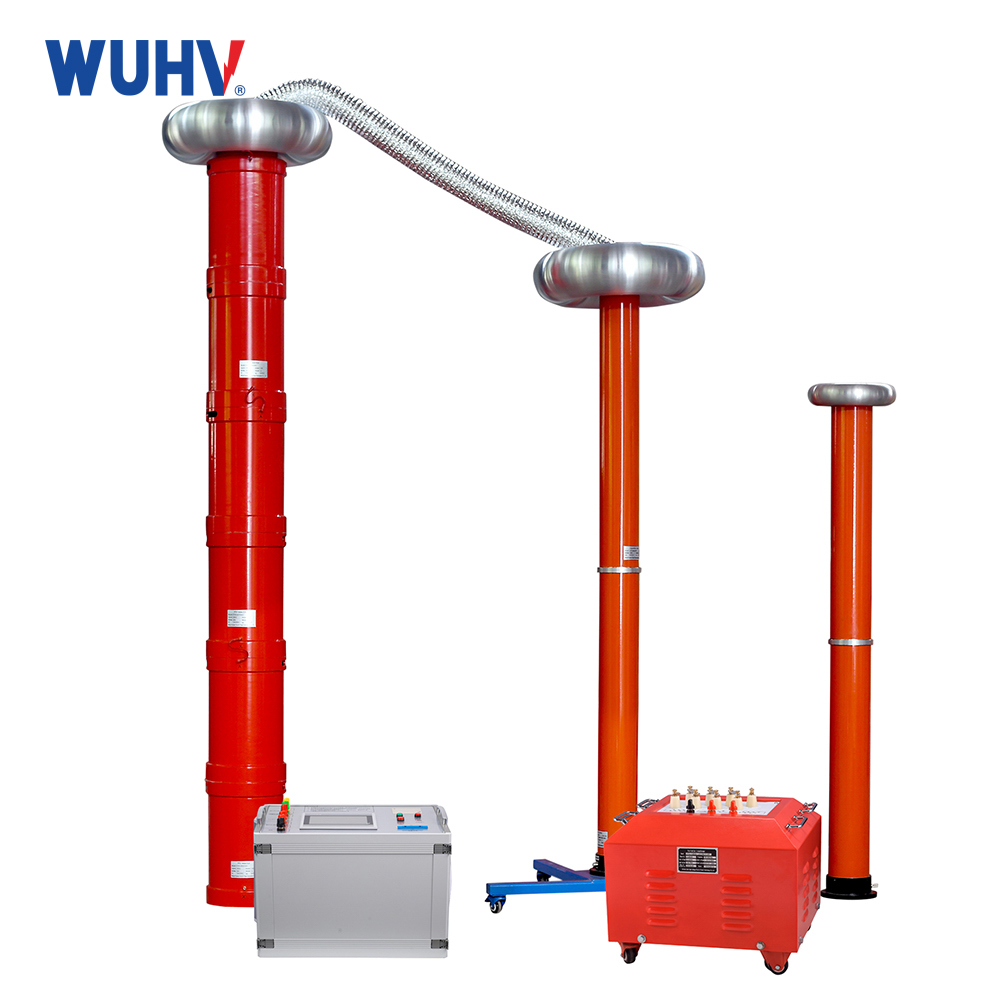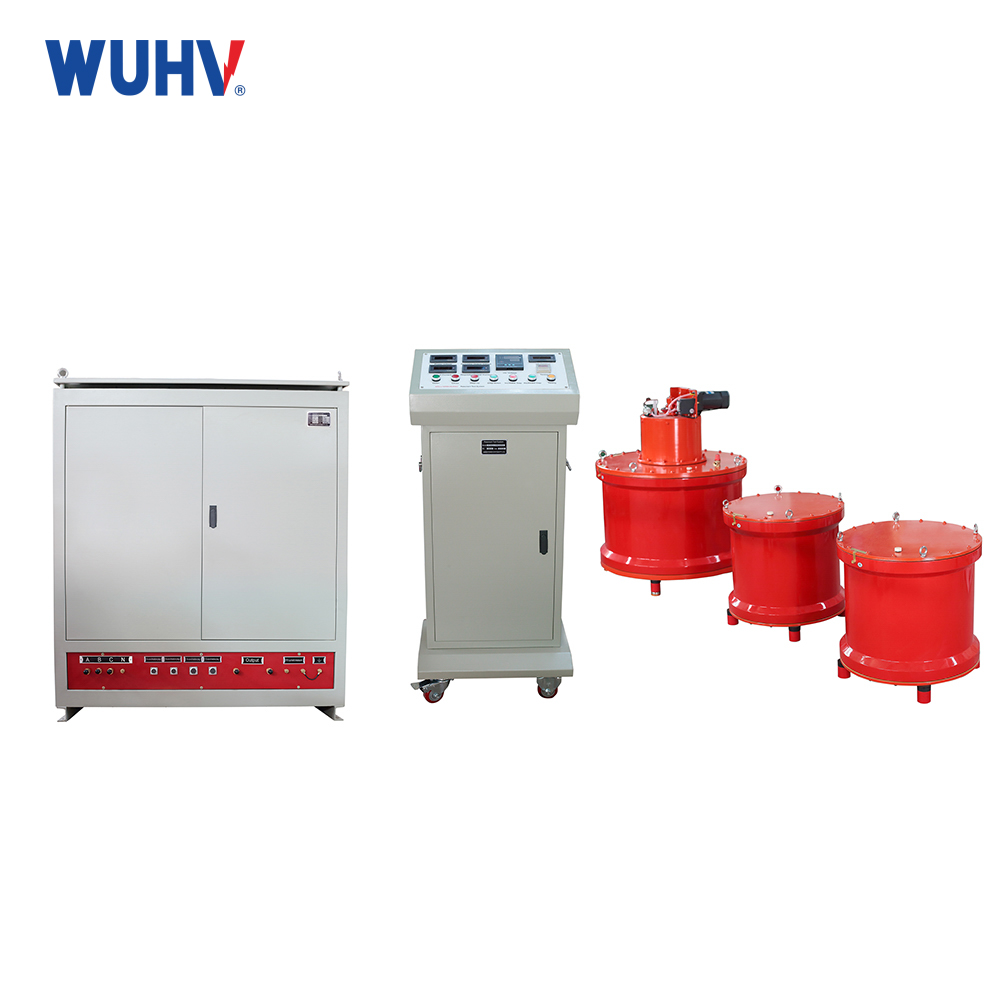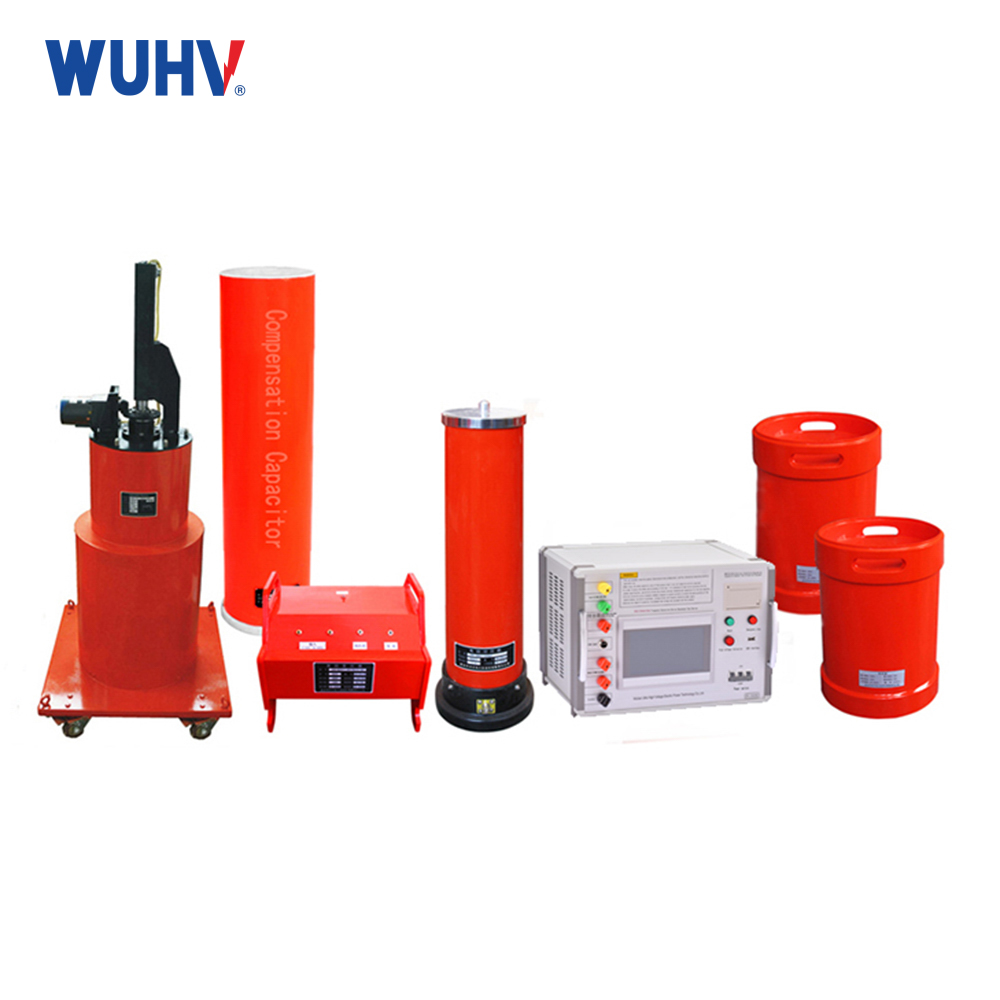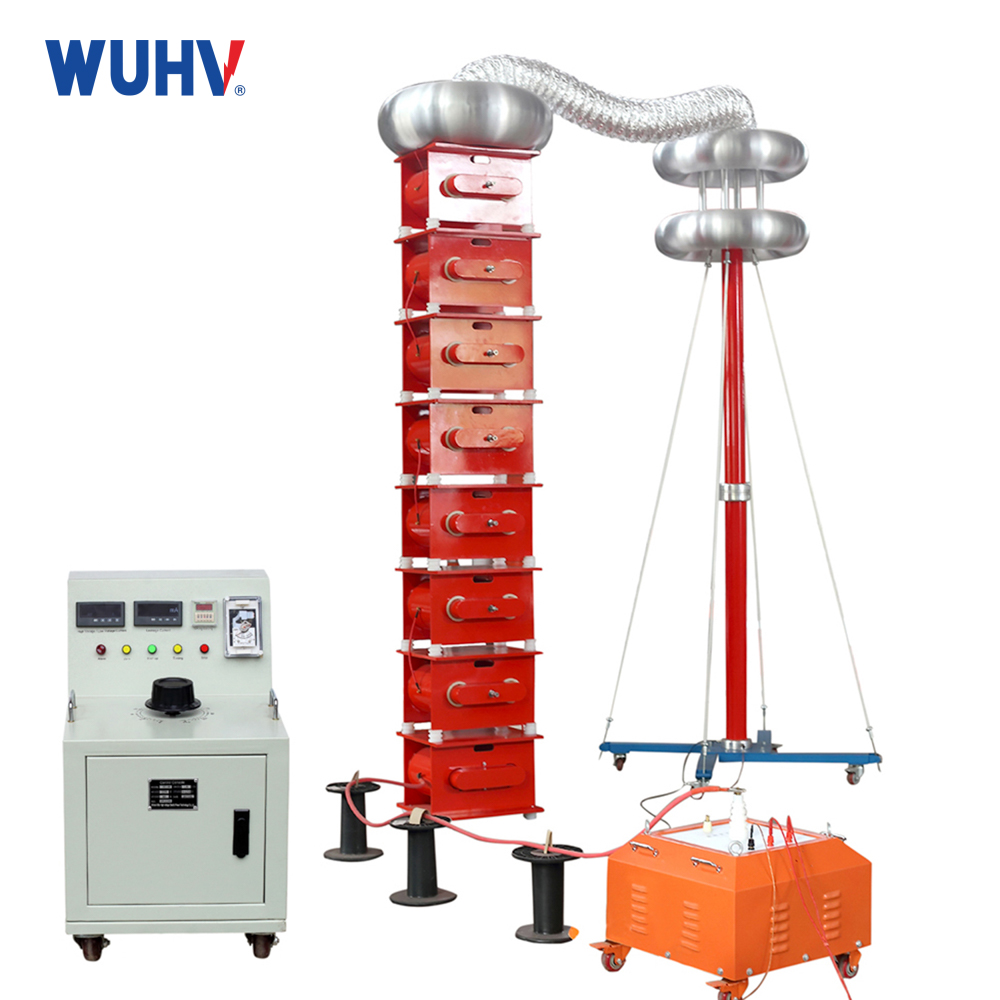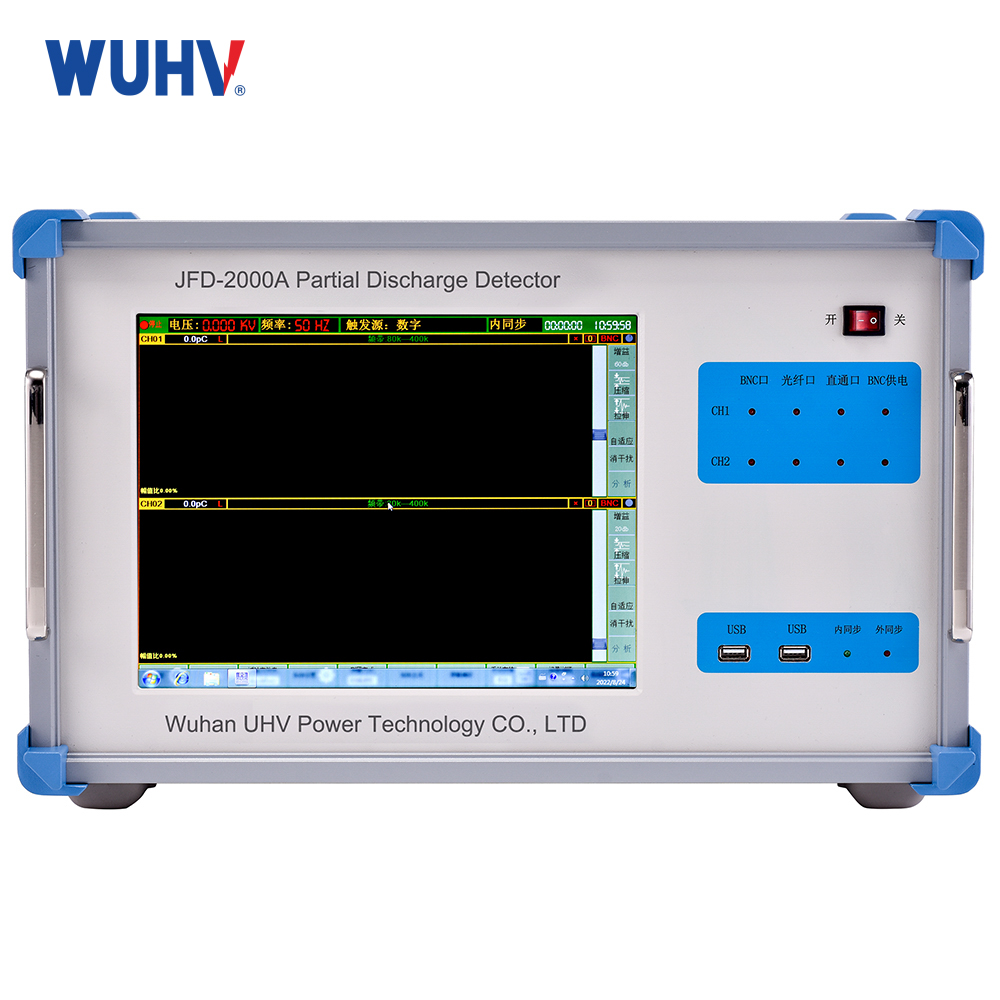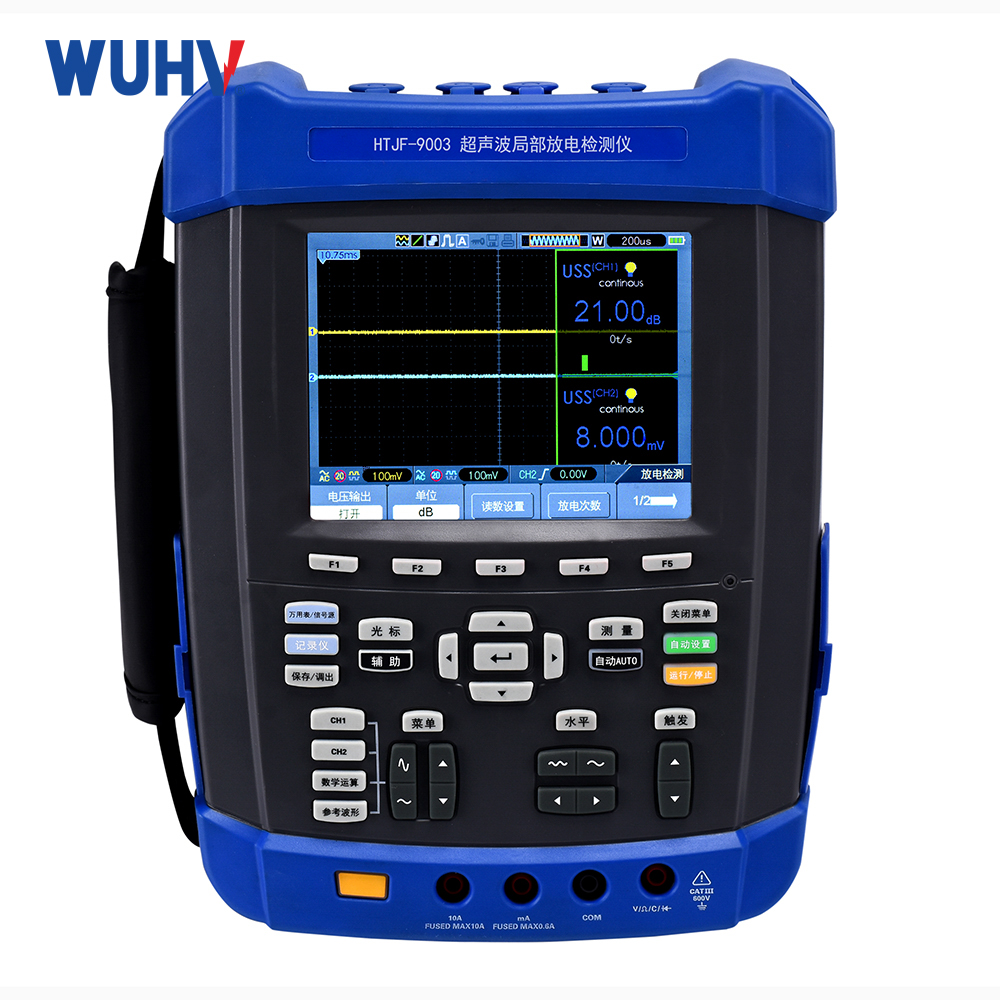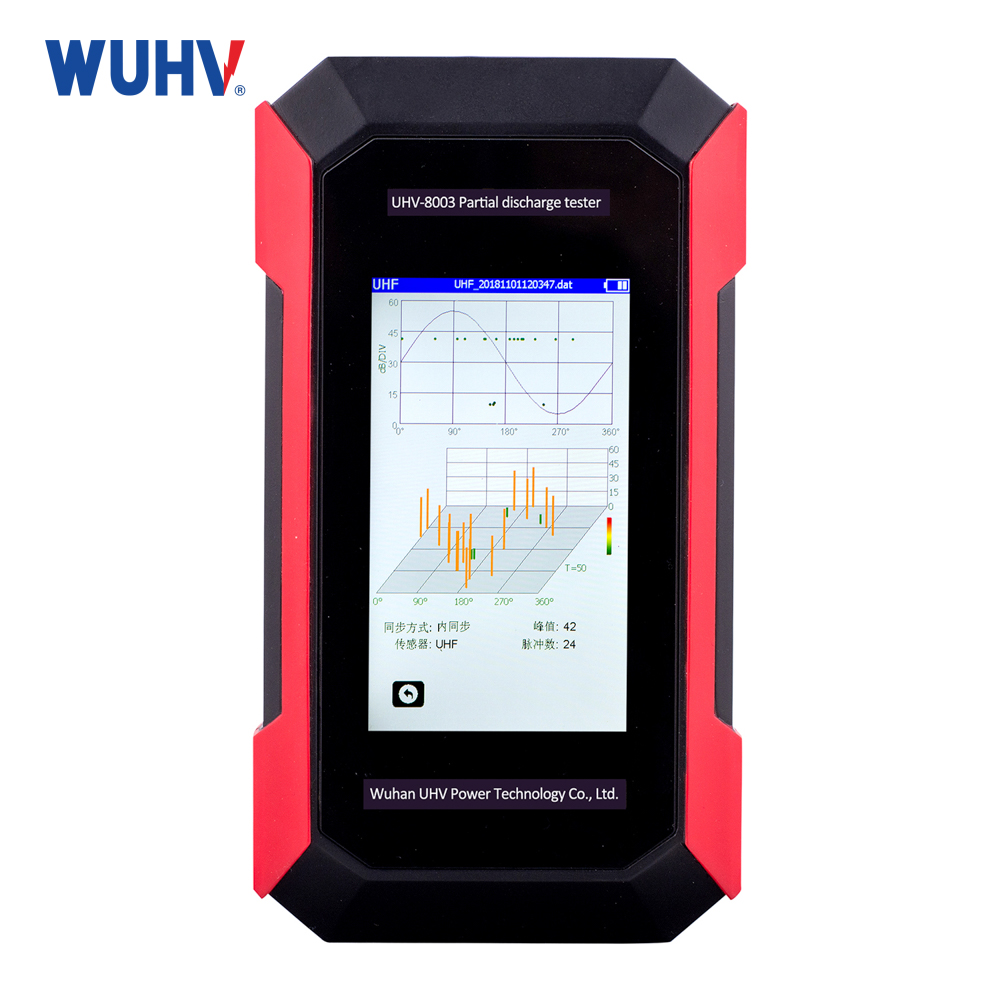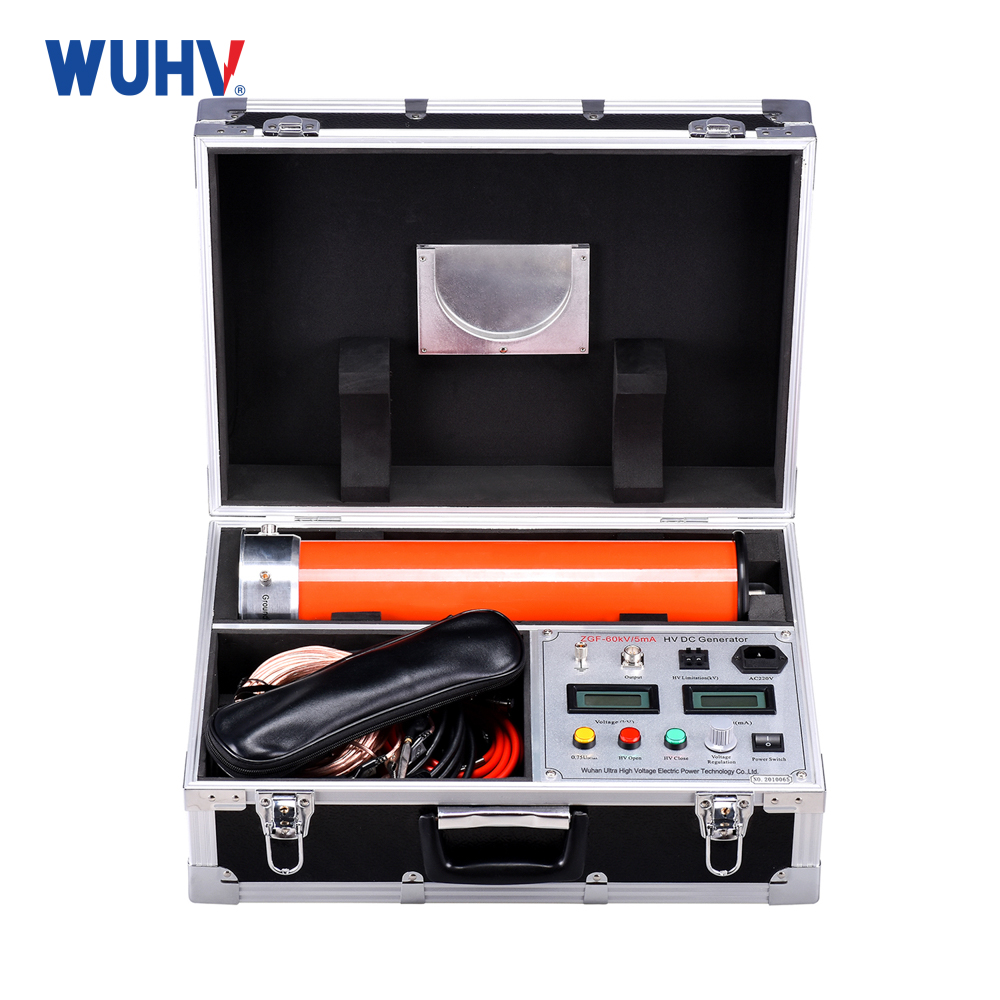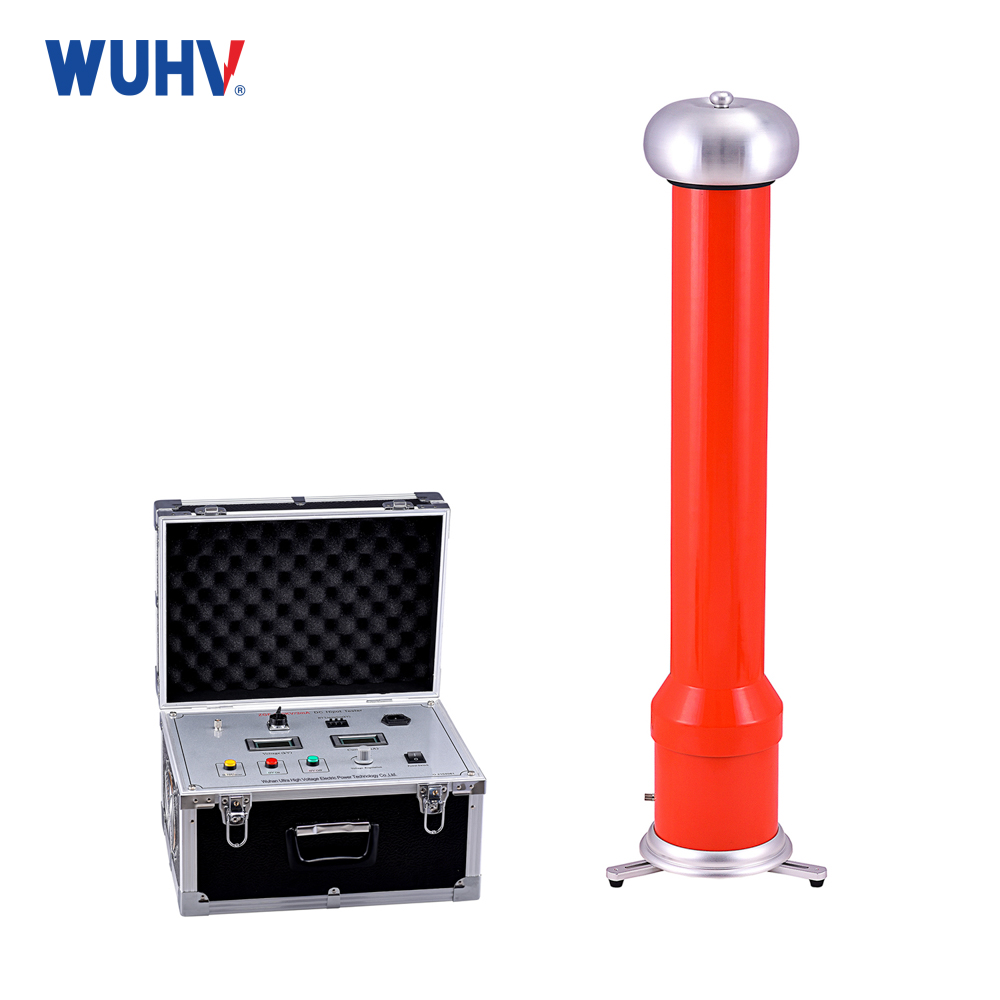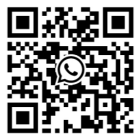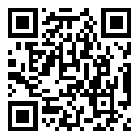The grounding resistance testerunder UHV power can help many power workers conduct various power tests more conveniently.
The digital grounding resistance tester abandons the traditional manual power generation mode. The grounding resistance tester adopts advanced medium to large integrated circuits. The digital grounding resistance tester adopts DC/AC conversion technology, combining the three terminal button and four terminal button measurement methods into a new type of grounding resistance meter. There are many factors that can cause inaccurate readings of grounding resistance in lightning protection testing of grounding resistance testers.
1. Due to the fact that the grounding resistance tester tests the grounding resistance of the grounding body through the transmission and reception current of the iron drill rod, there may be mutual interference and errors when the distance between two iron drill rods and between two drill rods and the grounding body is too close. Therefore, in the measurement. The grounding body, voltage pole, and current pole are arranged in sequence, with the three points on a straight line and spaced 20m apart.
2. The insertion depth of the iron drill rod should be greater than 1/4 of the length of the iron drill rod, otherwise testing errors may occur. So. During testing, the iron drill rod should be drilled as deep as possible.
3. In the case of "common ground", due to poor insulation or short circuit of the equipment, the grounding device will generate a certain grounding voltage, making the reading unstable. At this time, the power should be cut off for testing, or the area with a broken card should be disconnected for testing to avoid the impact of ground voltage on the testing.
4. Poor contact. When the tested object rusts or the detection line breaks, it will be found that the current is broken or the resistance is high. At this point, rust should be removed first. If it still cannot be removed, use a multimeter to check the conductivity of the detection line.
5. When using a grounding resistance tester to test high-rise buildings, the wires are too long and thick, which increases the line resistance and induced voltage, causing measurement errors. At this time, conductors with relatively low line resistance should be selected to minimize measurement errors as much as possible.
6. When there is a cushion layer of soil and sand and gravel at the tested location, measurement errors may occur due to the different electrical resistivity of the upper and lower soil layers. At this time, a deep iron drill rod should be drilled to fully contact or avoid the soil under the cushion layer, in order to reduce measurement errors.
7. When grounding devices and metal pipelines are buried in complex geological formations, they may change the direction of the current at each pole of the measuring instrument, resulting in poor or unstable measurements. At this point, the first step is to understand the layout of the grounding body and metal tube, and choose a location with less impact for measurement.
8. Due to the potential difference or strong magnetic field on the surface, the measurement is inaccurate. At this time, one should stay away from places with large potential differences or strong magnetic fields. If unavoidable, the detection line should be relatively shortened to reduce measurement errors.
9. If the grounding resistance tester is not operated according to the user manual, if the instrument malfunctions and is not repaired in a timely manner, if the instrument is inaccurate or not recognized for a long time, other factors may also cause measurement errors.



